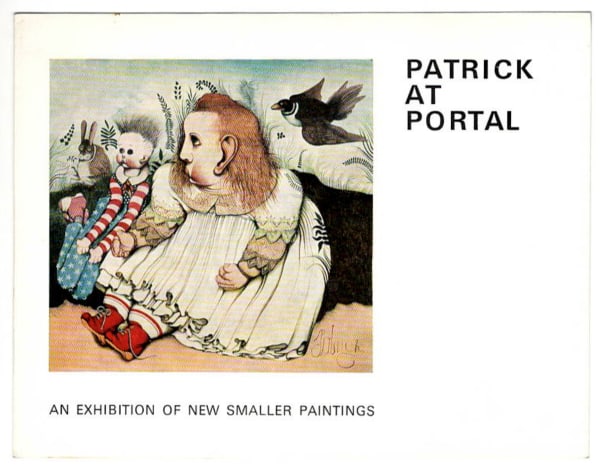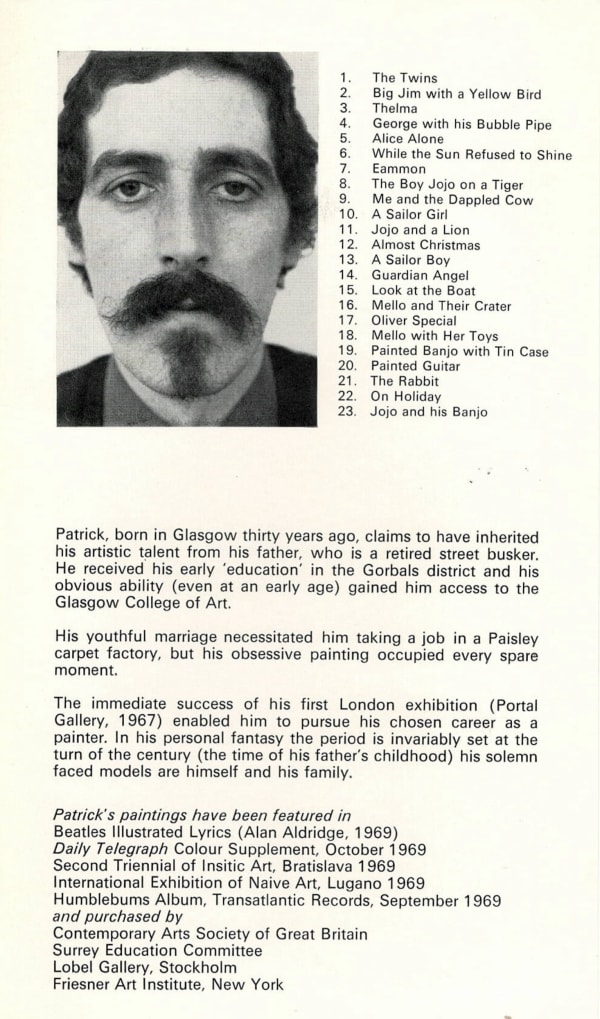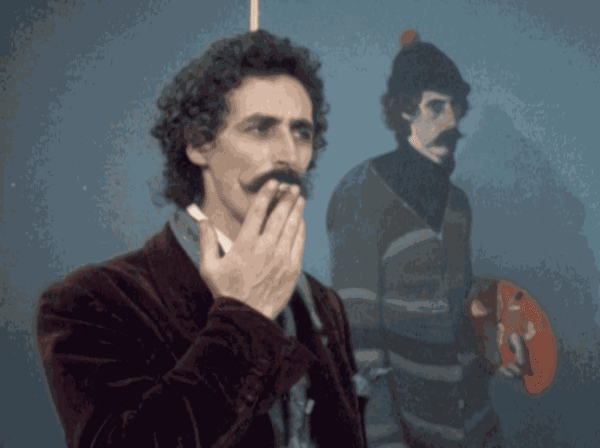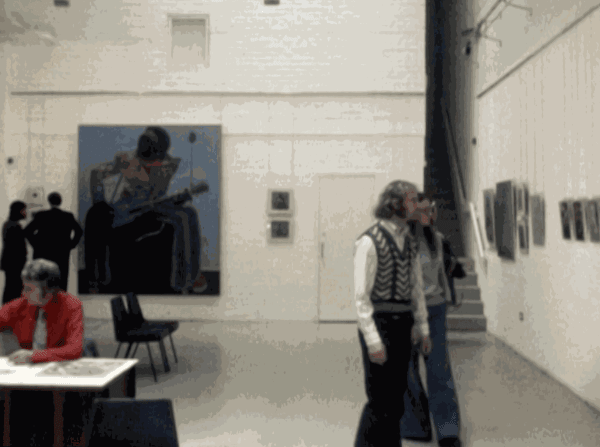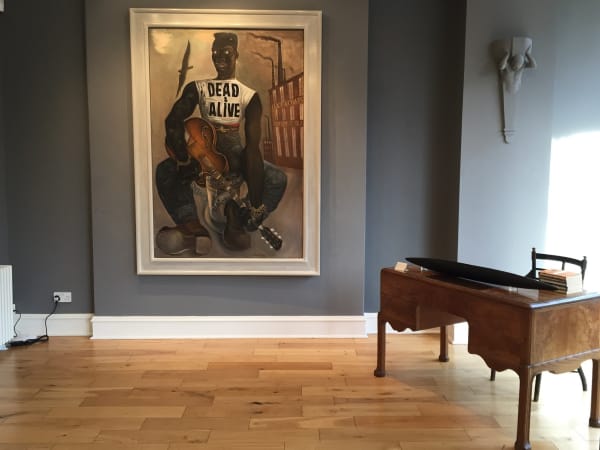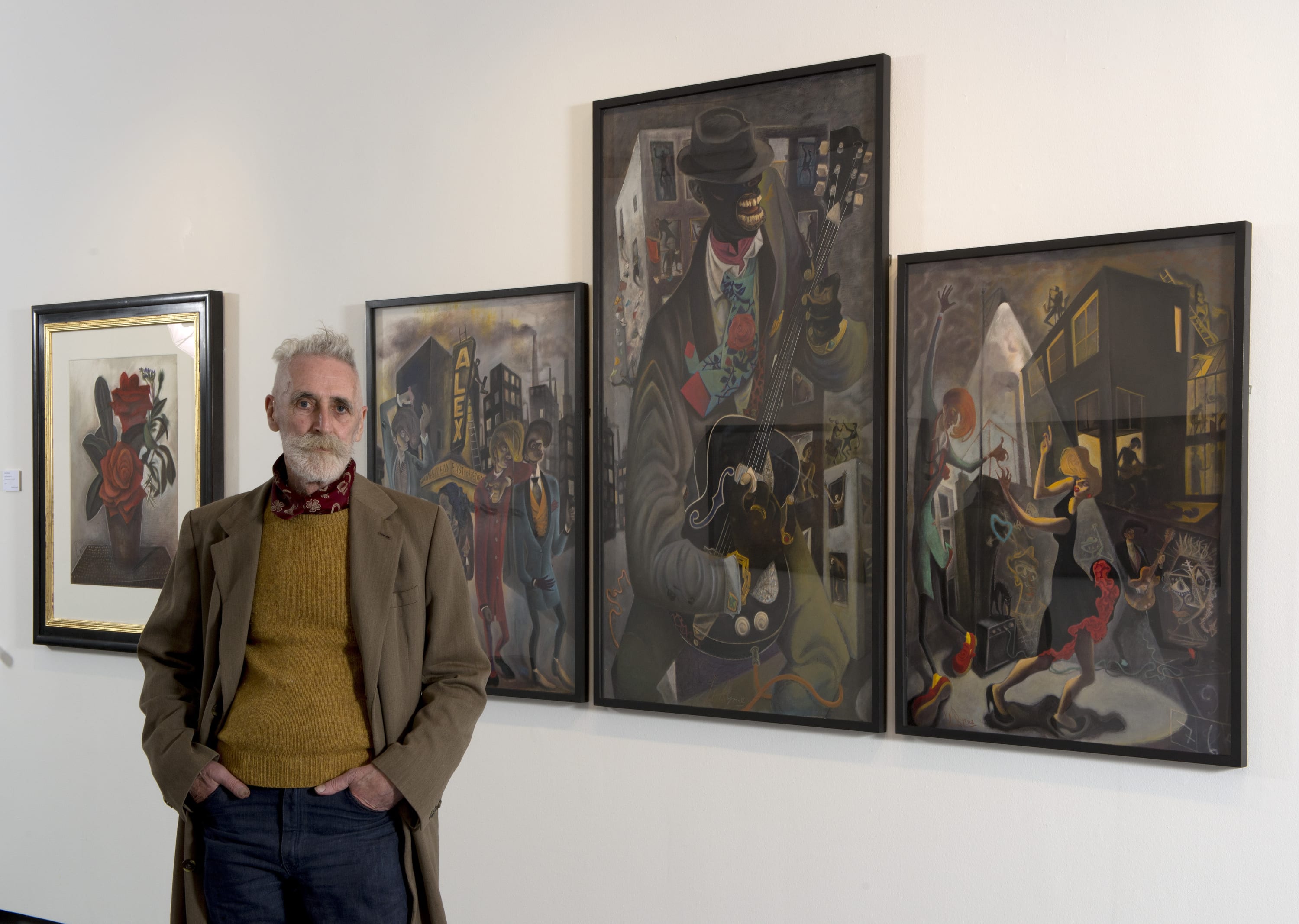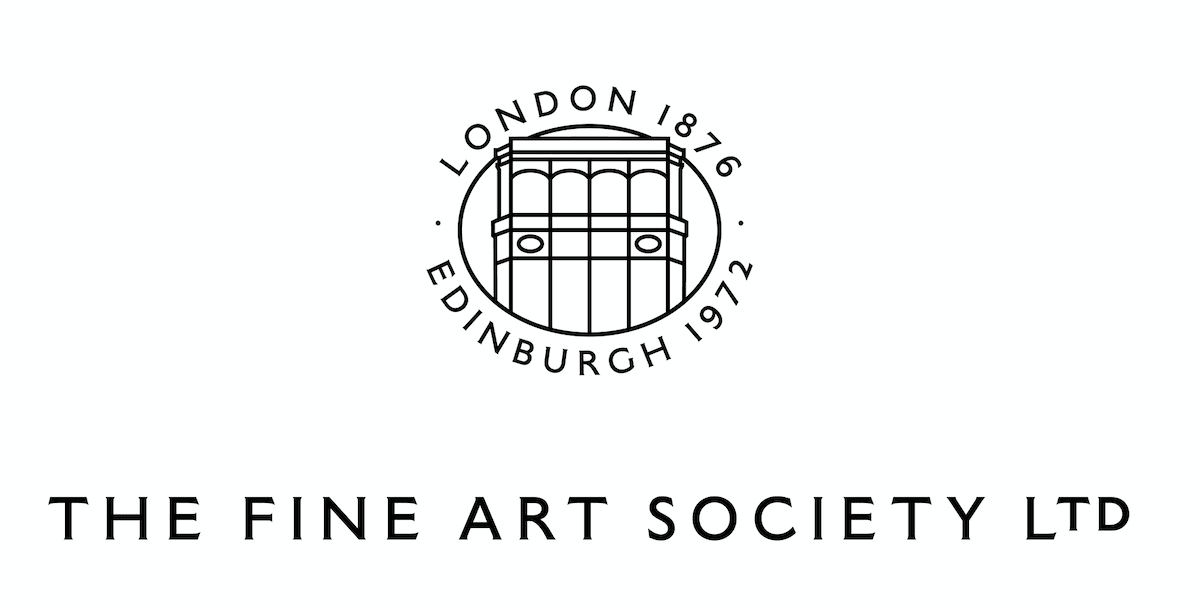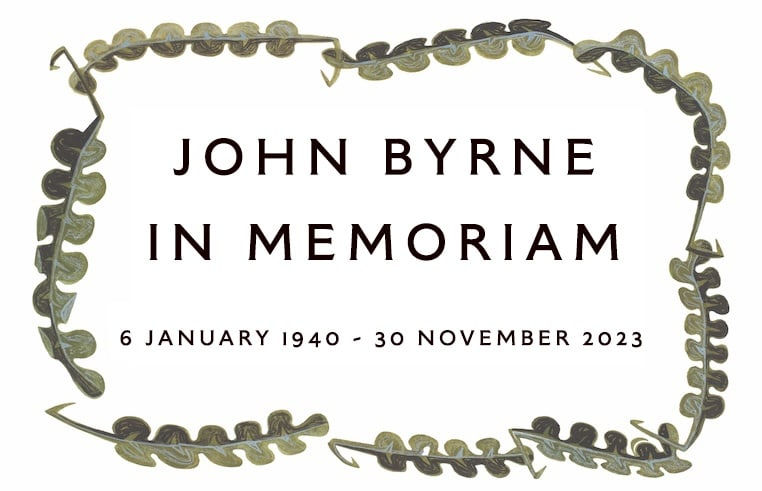
-
-
We are marking a year since John died. Our thoughts are with Jeanine, his children and his friends and family.John occupied a huge space creatively and culturally and as a friend. His absence is keenly felt. Our recent show of John’s work has brought many people to the gallery to remember him. Stories have been recounted from observations of his phenomenal work ethic both in the studio and the theatre and wonderment at the fertile workings of his mind all the way through to the mundane and John grappling with the realities of everyday life and the comedy that would ensue.We miss him tremendously and will remember today.
-
John’s formal life as an artist began aged 18 when he entered Glasgow School of Art. His mother said he started drawing in his pram. A year before entering the art school, he started at A F Stoddart & Co in Paisley - a “Technicolour hell hole” - as a “slab boy”. Much of what was to come, visually and literally, drew on what John observed there. In 1963 Byrne received a travelling scholarship to Italy after being awarded the Newbery Medal at GSA. He saw the great quattrocento painters: Giotto, Cimabue and Duccio. The light, the exquisite detail and stillness of the Italian primitives is all there in his work of the late 60s and early 70s.
-

-
On seeing John’s show at the Third Eye Centre in 1975, Arthur Watson PRSA, wrote: “The paintings counteracted the abstract orthodoxies of 1975 while also shedding his persona of Patrick. The facial acrobatics of the self-portraits, the monumental cigarette ends sculpted in paint, the double portrait of Billy Connolly and his banjo of the riotous ‘Kingarockinroll’; each work could have been expanded by a lesser artist into a stylistically coherent body of work, but here a stream of ideas exploded round the gallery walls, realised in a tour de force of painterly virtuosity.”
In the decades that followed an extensive iconography unfolded amounting, in some cases, to a kind of pictorial autobiography. Paintings of 1950s Ferguslie Park - Feegie - captured what was once an invention, the “teenager”, as this strange new being emerged in the artist’s own youth. In his Underwood Lane series, the Teddy Boys who loiter are reminiscences of his own past. These pictures often referenced filmic and theatrical worlds, their backdrops lit like stage-sets. Nocturnal themes abounded: moonlit woods; the streets of 1950s Paisley; the self-examining artist, alone and wreathed in cigarette smoke. In a finely balanced act, he pulled together the macabre and humour.
But back to oddballs: running through all of John’s work is the outsider, either as a lone figure or a fragment of society. The vision may be fantastical and magical but it’s what John knows.
emily walsh
The Fine Art Society
-
-
-
Still from John Byrne STV Interview, 1975
-
Installation views from John Byrne: Paintings and Drawings at Third Eye Centre, Glasgow, 1975
-
-
Benoit is a boy living with his father in a small seaside village where nothing much goes on. Ships come in. Ships go out.But one day, Benoit’s father, Jean-Kiki, barters with a salty sea captain to get a friend for his lonely son, a kitten he names Donald. And that’s the end of Benoit’s quiet days.These unpublished text pages for the childrens' book Donald and Benoit were part of John's original vision for the project.They were not included in the final published version, with the publisher opting to use standardised printed text to help children read along.
-

-



